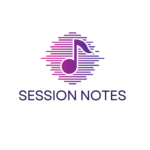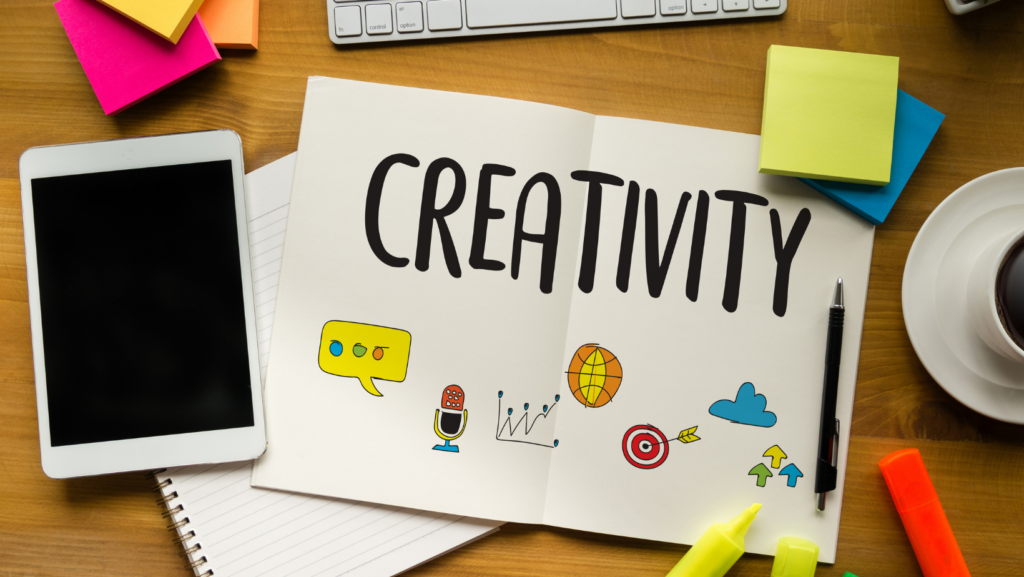Unleashing creativity isn’t always as simple as flipping a switch. It often requires a structured approach, a roadmap that helps channel imaginative energy into productive outputs. That’s where the creative process model steps in, serving as a guide to navigate the labyrinth of artistic and innovative thinking.
 This model isn’t confined to artists or writers alone. It’s a universal tool, applicable to any field that values innovation. From business strategists to software developers, anyone looking to inject creativity into their work can benefit from understanding and applying this model.
This model isn’t confined to artists or writers alone. It’s a universal tool, applicable to any field that values innovation. From business strategists to software developers, anyone looking to inject creativity into their work can benefit from understanding and applying this model.
So, let’s delve into the realm of the creative process model, unlocking the secrets of creativity and innovation. Together, we’ll explore its stages, its significance, and how it can be harnessed to drive breakthroughs in any professional or personal endeavor.
Creative Process Model
This section concentrates on the genesis and evolution of the creative process model, creating transparency about its historical background and the key personalities involved in its development.
Features of a Creative Process Model
A Creative Process Model possesses unique characteristics that enable it to stimulate and hone creativity. It’s renowned for its remarkable flexibility and adaptability across disparate fields.
Stages of a Creative Process Model

There exist several stages in a Creative Process Model. These stages craft a pathway for thoughts to morph into novel ideas, then ultimately into tangible output. For instance, Graham Wallas proposed a four-stage model.
He identified these stages as Preparation (gathering knowledge and becoming aware of a problem), Incubation (mentally processing and allowing ideation to happen subconsciously), Illumination (the ‘Eureka’ moment where the solution arrives), and Verification (evaluation of the idea, refinement, and execution). Meanwhile, Henri Poincaré suggested a slightly different series of stages. He incorporated a period of setting aside a problem after initial conscious work, emphasizing the role of the subconscious mind.
The Linear and Non-Linear Aspect
Contrary to traditional thought, the Creative Process Model needn’t be an exclusive, adherent linear process. Instead, it can also follow a non-linear roadmap. This flexibility allows for circling back to previous stages or skipping stages and revisiting them later. For example, after the Verification stage in Wallas’s model, one may discover a need to go back to the Preparation stage.
Moreover, Poincaré’s model actually encourages letting subconscious process take over, implying a non-linear, complex thinking process. With the creation and verification of solutions being iterative rather than sequential, creativity becomes less of a straight path and more of a creative maze, navigating which can lead to unexpected and innovative solutions.
Ultimately, it is essential to recognize that while the model provides a structured approach, creativity also demands substantial flexibility. As such, one must approach the Creative Process Model not as a rigid framework but as a dynamic, adaptable tool. The model’s robustness lies in its malleability, thereby allowing individuals and organizations to weave their unique patterns of creativity.
This adaptability further establishes the Creative Process Model as a veritable tool for driving innovation and breakthroughs in myriad professional and personal contexts.
Overcoming Obstacles in the Creative Process

- Overcoming Fear: In the initial Preparation stage, anxiety may surface due to the time and resources required. Trust in the process diminishes those fears.
- Embrace Uncertainty: Instead of viewing ambiguity as a setback, embrace it. The model follows a non-linear path at times, showing uncertainty can lead to innovation.
- Focus on the Process: The outcome isn’t always the primary focus. Appreciate the journey and the creative cultivation it enables.
- Foster Environment: The environment plays a role in stimulating creativity. Apple’s inventive workspaces show how conducive spaces enhance creativity.
- Collaboration: Group ideation leads to a diversity of ideas. As seen in education settings, the Creative Process Model thrives on shared thought.
- Continuous Practice: The process-centric approach of the model demands continuous effort for better results. Regular practice turns creativity into a habit, rather than a sporadic event.
Incorporating the Creative Process Model into one’s life, whether personal or professional, nurtures creativity and drives innovation, even in the most common places. With consistent engagement, one can embrace creativity as part of their everyday journey.



